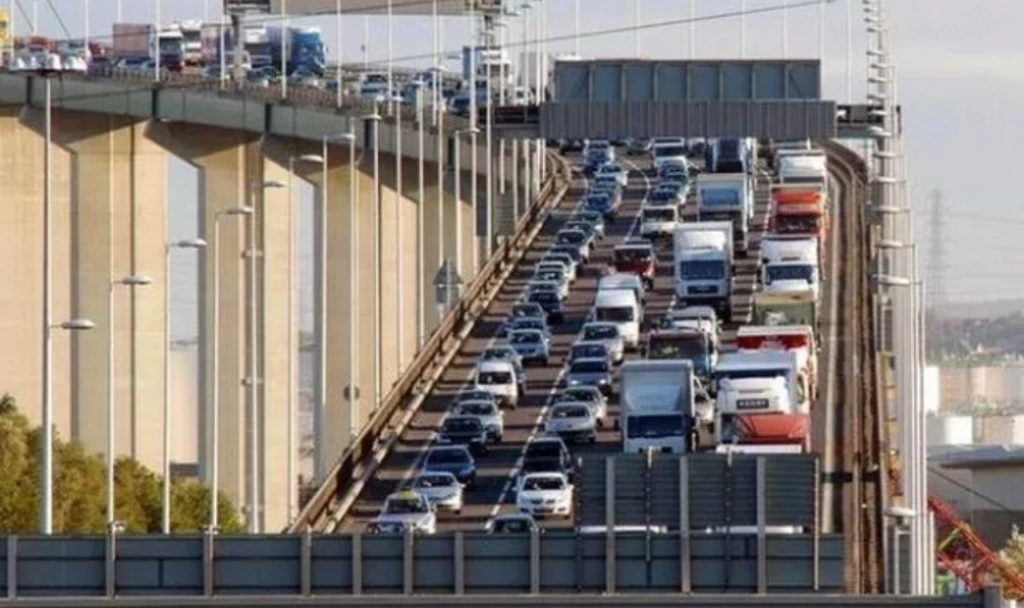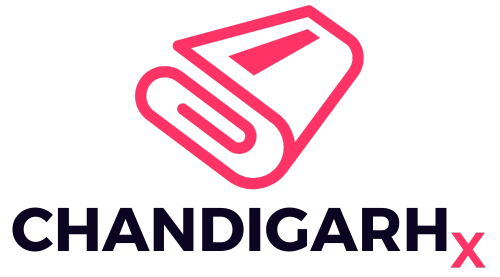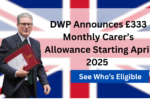Motorists using the Dartford Crossing may soon face higher charges, as discussions about increasing fees continue. The crossing, which connects Dartford in Kent to Thurrock in Essex via the M25, is a vital transport link for thousands of drivers daily. However, with the cost of living already straining households, an increase in toll fees could place an extra burden on commuters and logistics companies that rely on this key route.
Understanding the Dartford Crossing and Its Fees
The Dartford Crossing consists of two tunnels for northbound traffic and the Queen Elizabeth II Bridge for southbound vehicles. Originally, toll charges were introduced to cover the cost of construction, with the expectation that the fee would be scrapped once the debt was repaid. However, despite the project being fully paid off, the charge remains in place, now serving as a congestion control measure.
Current Dart Charge Fees
Since the introduction of the Dart Charge in 2014, drivers must pay the toll online or via other designated payment channels. The current fee structure is:
- Cars: £2.50
- Two-axle goods vehicles: £3.00
- Larger vehicles (e.g., lorries and buses): £6.00
- Motorcycles: Free
- Local residents (with a Dart Charge account): Discounted rates available
Unlike traditional toll booths, payments are not collected at the crossing itself. Instead, drivers must pay online via the Dart Charge website or through an account-based system.
Potential Fee Increase: What We Know
While there is no official confirmation of an immediate fee increase, the UK government and National Highways have not ruled out the possibility. Some experts argue that a price hike may be necessary to maintain and improve the road network.
A potential fee rise could be justified by:
- Inflation and rising maintenance costs – As with many public infrastructure projects, operational expenses increase over time.
- Managing congestion – Higher tolls could discourage unnecessary journeys, reducing traffic during peak hours.
- Funding other transport improvements – Revenue from the Dart Charge contributes to road upgrades, including plans for new crossings.

Why the Charges Have Not Been Removed
Many drivers question why they are still required to pay for a crossing that was supposed to be free after repaying its construction costs. According to government sources, the primary reason is to manage traffic congestion.
The Dartford Crossing is one of the most congested routes in the UK, with over 130,000 vehicles using it daily far beyond its original design capacity. Officials argue that if the charge were removed, congestion would become unmanageable, leading to severe delays and increased air pollution.
However, critics argue that keeping the charge disproportionately affects those who rely on the crossing for work or business. Some campaigners believe the funds should be reinvested in alternative transport solutions, such as public transport or additional crossings.
What Happens If You Don’t Pay?
Drivers must pay the Dart Charge by midnight the day after using the crossing. Failure to do so results in automatic penalties:
- £35 fine if paid within 14 days
- £70 fine if paid within 28 days
- £105 fine if unpaid after 28 days
If a fine is not settled, further legal action may be taken, potentially leading to additional charges. Those who believe they have been unfairly fined can appeal via the Dart Charge Penalty Appeal page.
How to Pay the Dart Charge
To avoid fines, motorists must ensure they pay on time. The following payment methods are available:
- Online via the official Dart Charge website
- By phone at 0300 300 0120
- At Payzone retail locations across the UK
- Automatic payments for those registered with a Dart Charge account
Regular users may benefit from a pre-paid Dart Charge account, which offers discounted rates and automatic payment options.
Alternatives to the Dartford Crossing
For those looking to avoid the charge or bypass congestion, there are limited alternatives:
- The Blackwall Tunnel (A102) – A free alternative, though it often suffers from its own congestion issues.
- The Woolwich Ferry – A free crossing but has limited capacity and service hours.
- M25 Western Route – A significantly longer alternative, adding miles to the journey.
The Lower Thames Crossing: A Future Solution?
To relieve congestion at Dartford, the UK government has proposed the Lower Thames Crossing, a new tunnel east of the existing route. This project is expected to cost around £9 billion and provide an additional route for freight and commuters. However, it is still in the planning stages and is not expected to be completed until at least the 2030s.
Public Reactions and Concerns
The possibility of a fee increase has sparked debate among motorists, businesses, and transport organizations. Some of the key concerns include:
- Cost-of-living pressures – Many commuters are already struggling with rising fuel and living costs.
- Lack of alternative routes – The Dartford Crossing remains the only viable option for many.
- Use of revenue – Questions remain over whether Dart Charge funds are being reinvested fairly.
A spokesperson from a leading transport advocacy group stated:
If the government wants to keep the charge, there must be greater transparency on where the money is going. Motorists deserve to see real improvements in return for their payments.
Conclusion
The Dartford Crossing remains a crucial transport link, but its fees and potential increases continue to be a contentious issue. For those who regularly use the crossing, staying informed about toll updates is essential.
To check current charges, pay for crossings, or learn more about future developments, visit the National Highways Dart Charge page.

Pankaj Kumar is a journalist at Chandigarh X, covering admit cards, recruitment, and government schemes. His articles provide readers with detailed insights into application processes, eligibility, and exam updates.
Outside of work, Pankaj enjoys traveling, fitness, and cricket, often participating in local matches on weekends.



